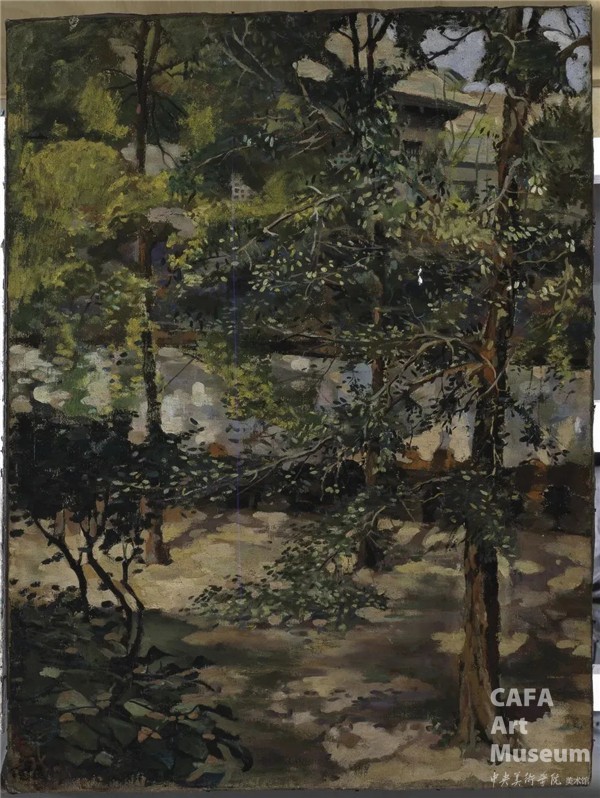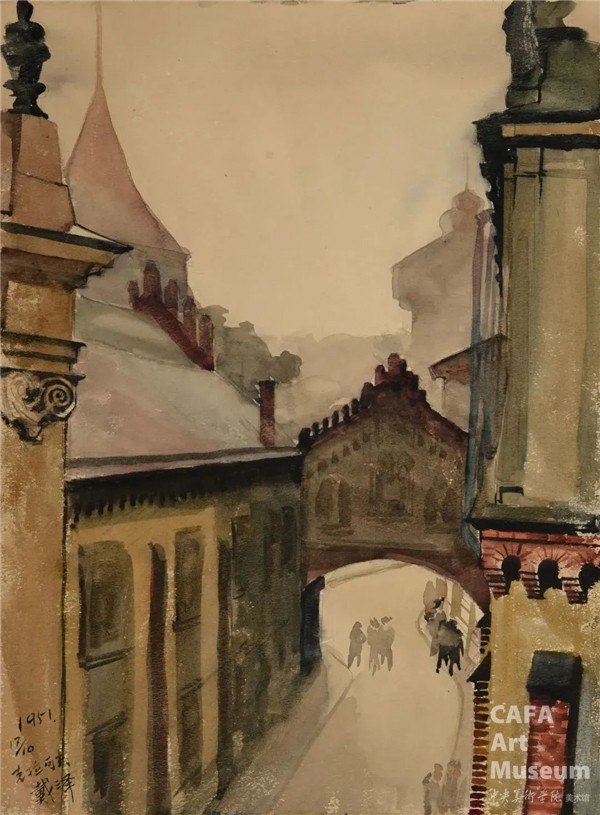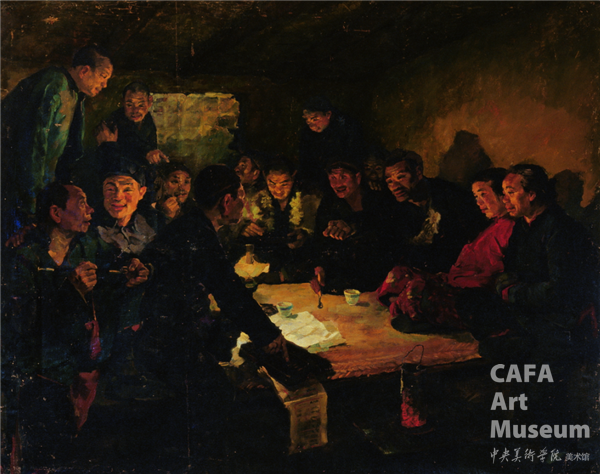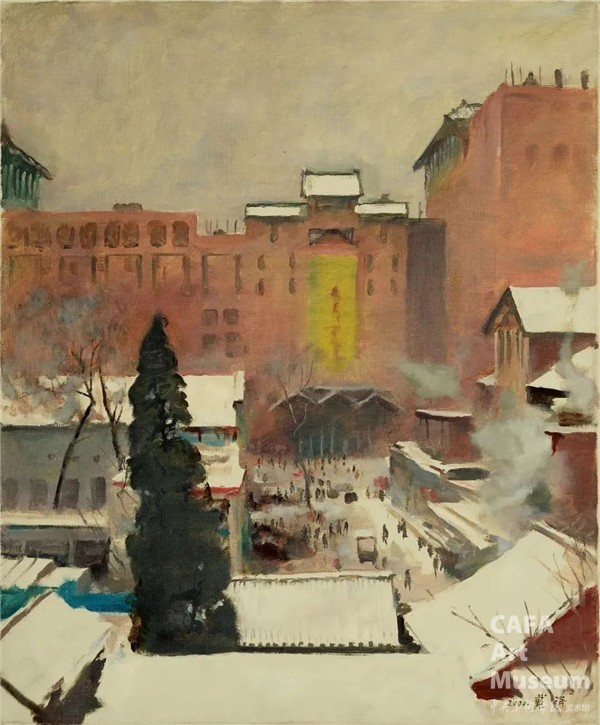

Hundred Years of Glory · CAFA Masters
A Life in Picture: An Exhibition in Celebration of Dai Ze's 100th Birthday
Time: October 13 - November 13, 2022
Place: CAFA Gallery 2B
Special note:
Due to the COVID-19 policy of the university, CAFAM is temporarily closed to the public, and is open only to CAFA teachers and students.
The year 2022 marks the 100th birthday of artist, art educator and CAFA professor Dai Ze. As Xu Beihong's student, one of the early founding members of CAFA, and a representative of the second generation of oil painters in the 1920s, Dai Ze contributed greatly to Chinese art development. As a tribute to Mr. Dai's outstanding contribution to art creation and education, CAFA Art Museum presents his solo exhibition "A Life in Picture" from October 13 to November 13 2022 as one of the "Hundred Years of Glory · CAFA Masters" program.
Selected Exhibits

Playground of the National Central University, watercolor on paper, 23x30cm, 1944

Portrait of Wei Jun, watercolor on paper, 23x12.5, 1943

Desk of the National Central University, watercolor on paper, 12x18cm, 1944

Man's Figure, pencil on paper, 76x54cm, 1945

Summer tree shades, oil on canvas, 75x57cm, 1946, collected by CAFAM

Portrait of Wan Guozhi, ink and pencil on paper, 38.1x28.3cm, 1946

By the moat in Qianmen, watercolor on paper, 30x34.7cm, 1946

Snow outside the window in Beiping, oil on canvas, 33x52m, 1946

Beggar on the street in Beiping, oil on canvas, 40.6x29.6cm, 1946, collected by CAFAM

East City Wall, watercolor on paper, 33x25m, 1946

My Desk, oil on canvas, 41x59cm, 1948, collected by Guangdong Art Museum

Self Portrait, oil on canvas, 56.5x40.5cm, 1946

Krakow Poland, watercolor on paper, 24x33cm, 1951

Painter Xu Beihong, oil on canvas, 121x152cm, 1978

Maijishan Grottoes, oil on board, 62x75cm, 1953

Central Academy of Fine Arts, watercolor on paper, 24.5x32.5cm, 1953

The Peasants' Group Meeting, oil on canvas, 130x160cm, 1949-1950

Parade of Victory, oil on board, 160x221cm, 1957, collected by National Museum of China

The Man Who Wears Fur Hat (draft), pencil on paper, 83x61cm, 1957, collected by CAFAM

Potala Palace, oil on paper, 62x40.3cm, 1963

Seaweed House under the Sun in Dayu Island, Shandong, watercolor on paper, 27.5x39cm, 1981

On the Sea, oil on canvas, 74x93cm, 1961, collected by CAFAM

Snow on the Back Hill in the Summer Palace, oil on paper, 36x49cm, 1979

Magnolia, ink and color on paper, 29x47cm, 1960

Baby bears and their mother, watercolor on paper, 32.3x25.2cm, 1951

Boundless Sea and Sky, ink and color on paper, 46x70cm, 2009

Flowers Speaking, ink and color on paper, 135x70cm

Outside the Window, oil on canvas, 60x50cm, 2000

2022-10-24

2022-12-09


